By Oliviero Alotto
Photo Stefano Rogliatti
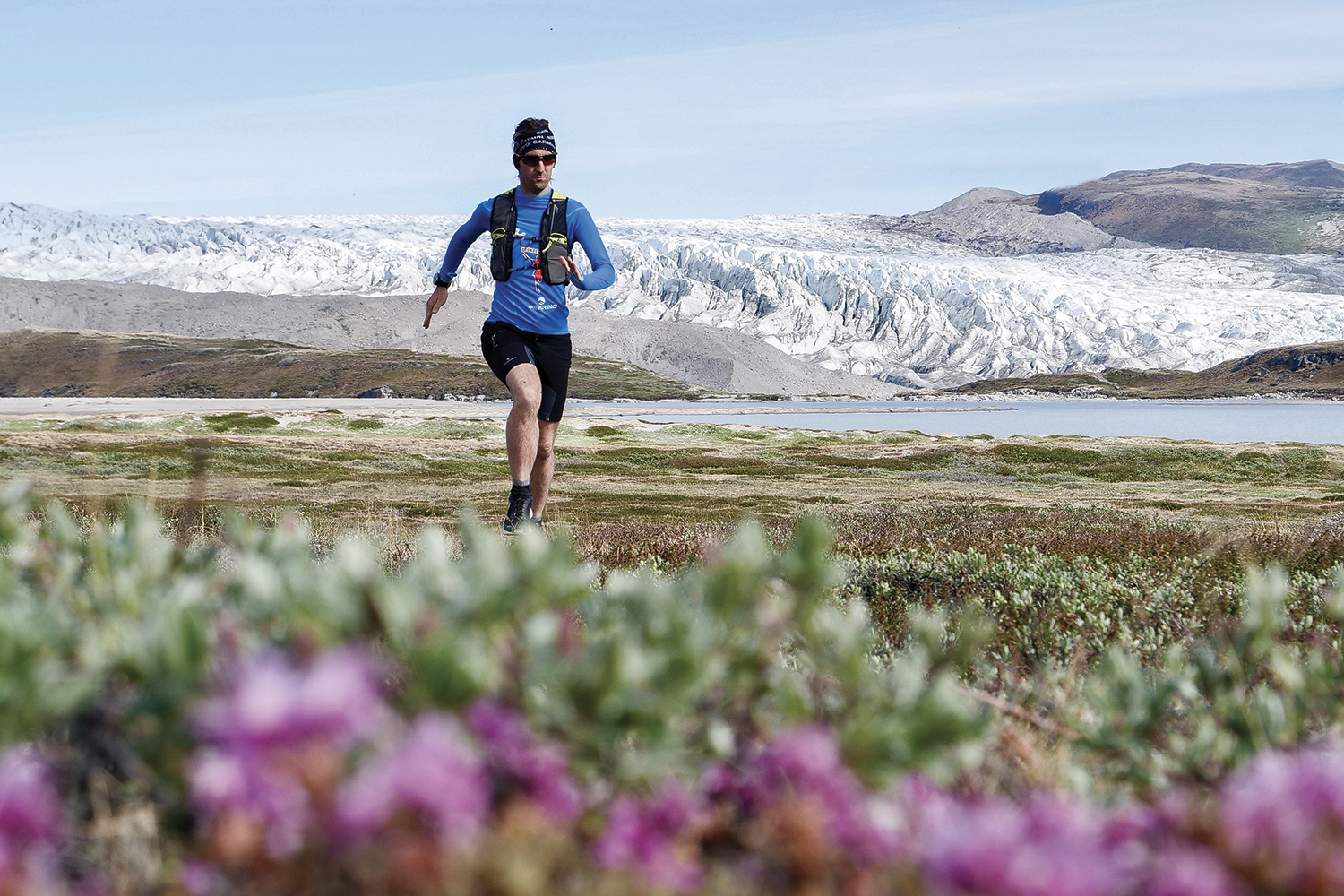
A run for the planet
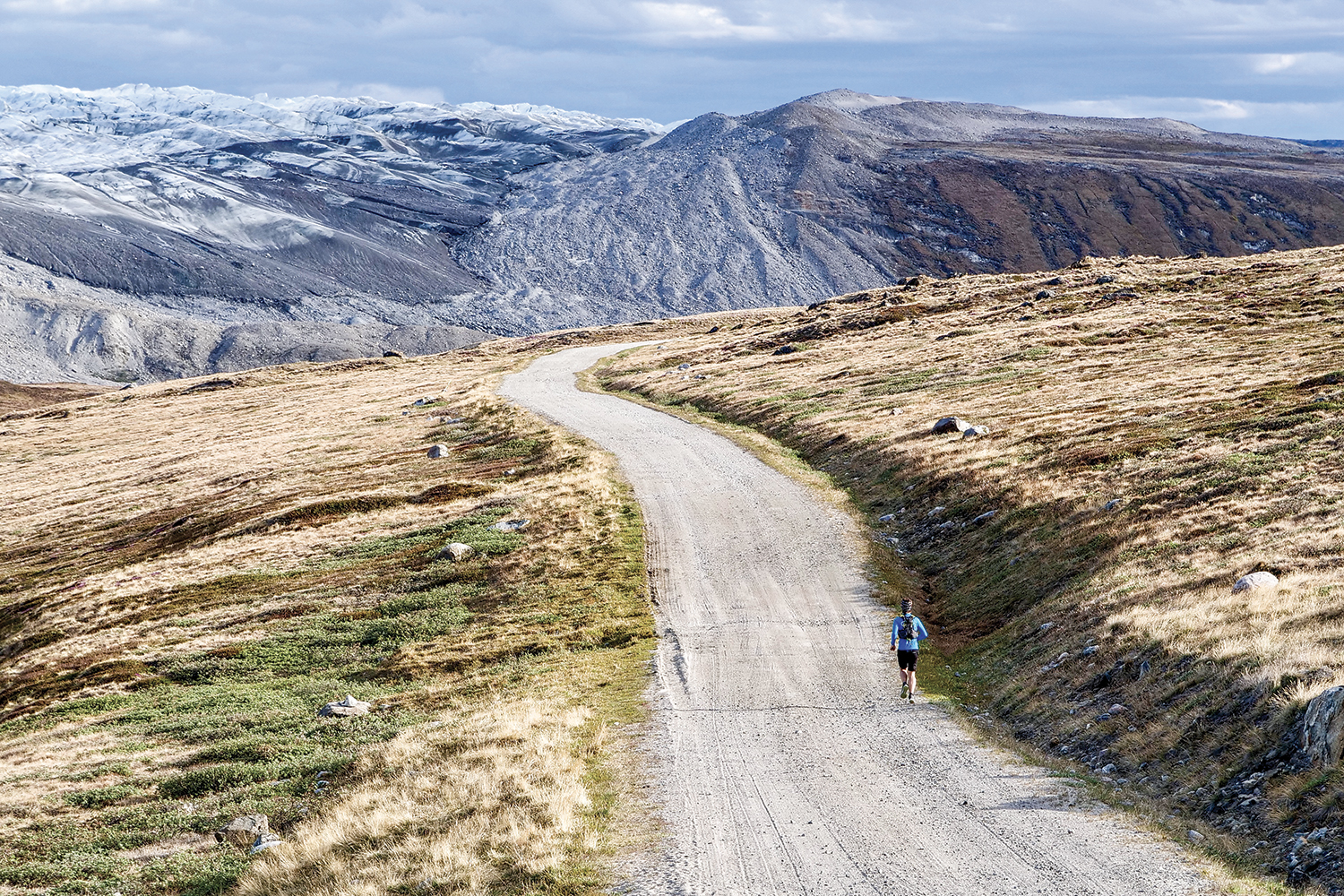
The United Nations warns us that if we do not change our productive and behavioral modalities between now and 2050, our planet will suffer from dramatic and irreversible environmental crises. It is from this consideration that my #RunBefore2050 project is born together with Slow Food with the intention of doing something concrete that goes in the opposite direction of the dangerous destiny we are building.
Today the planet earth is experiencing a real emergency, global warming; environmentalists have been denouncing for decades how human attitudes are definitively undermining the balance that holds the earth’s globe.
We need stories that combine even extreme challenges with the concreteness of our lives. From these needs comes the Race Against Time campaign, my run in Greenland to denounce the warming of the waters and the consequent melting of the glaciers.
The journey to reach Kangerlussuaq is long. The first lucid reflection I had during the flight was that the distance between us and the places damaged by climate changes is enormous, perhaps this is why we don’t really have the perception of what is happening, also because nobody tells us.
Once arrived, it didn’t seemed real to me, I have been dealing with the environment for years and I believe that today one of the indispensable roles of environmentalists is to shake consciences, produce actions capable of reversing consumption, of forcing all of us to change our wrong habits, but for this to happen, we must realize the drama we are experiencing and that we are making the planet earth live.
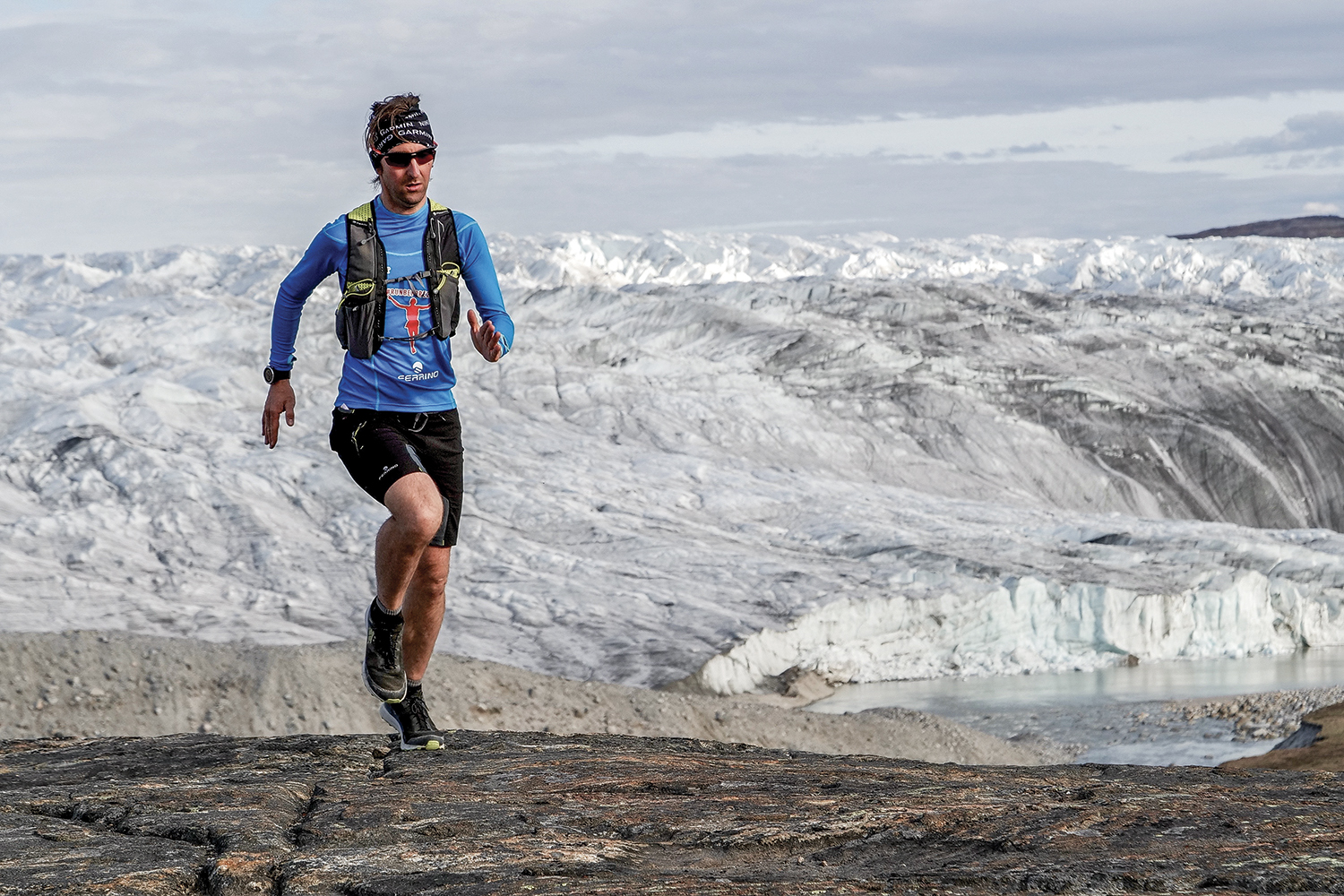
Our group was made of 4 people, the doctor Felicina Biorci, Nutrition Biologist of the University of Turin, Stefano Rogliatti, director and videographer and Alessandro Ghignone, a student of the Bodoni Paravia Institute in Turin, and the me.
As soon as we arrived, we immediately went to see the glacier, how much it is retreating and what the damage actually is.
We were accompanied by an Indian guy who has been living there in Kangerlussuaq for 18 years, we asked him if he has noticed the difference of the ice since he arrived. His answer was a sharp yes, the glacier is, according to him, at least one km shorter than when he arrived.
I wanted to start running immediately, I wanted to document everything, to feel that territory in my legs, frame it and then go back to Italy and tell the drama we are experiencing.
From Kangerlussuaq I started to run with my feet wet. When running I felt hot and fine but stopping made me freeze. I could not therefore stop, it was only a preamble of what awaited me during the approximately 200 km of running.
The first day passed by between beaten earth and low shrubs, I only saw some reindeer but no trees. I run to the village, arriving after 11.30pm but it looked like if it was daytime, the light was present all night long. I tried to go to bed but I immediately understood that I would not get any sleep, I just wanted to leave again to run.
A few hours after the alarm rang, Felicina took some parameters in order to know my state of muscular health. She is carrying out an important study on what happens during a physical effort as in an ultra endurance.
I filled my backpack with enough food for the hours I were going to run, about 30 to cover 180 km. We have studied what my energy needs would be but looking for foods that have little impact on the environment and following my totally vegetable diet.
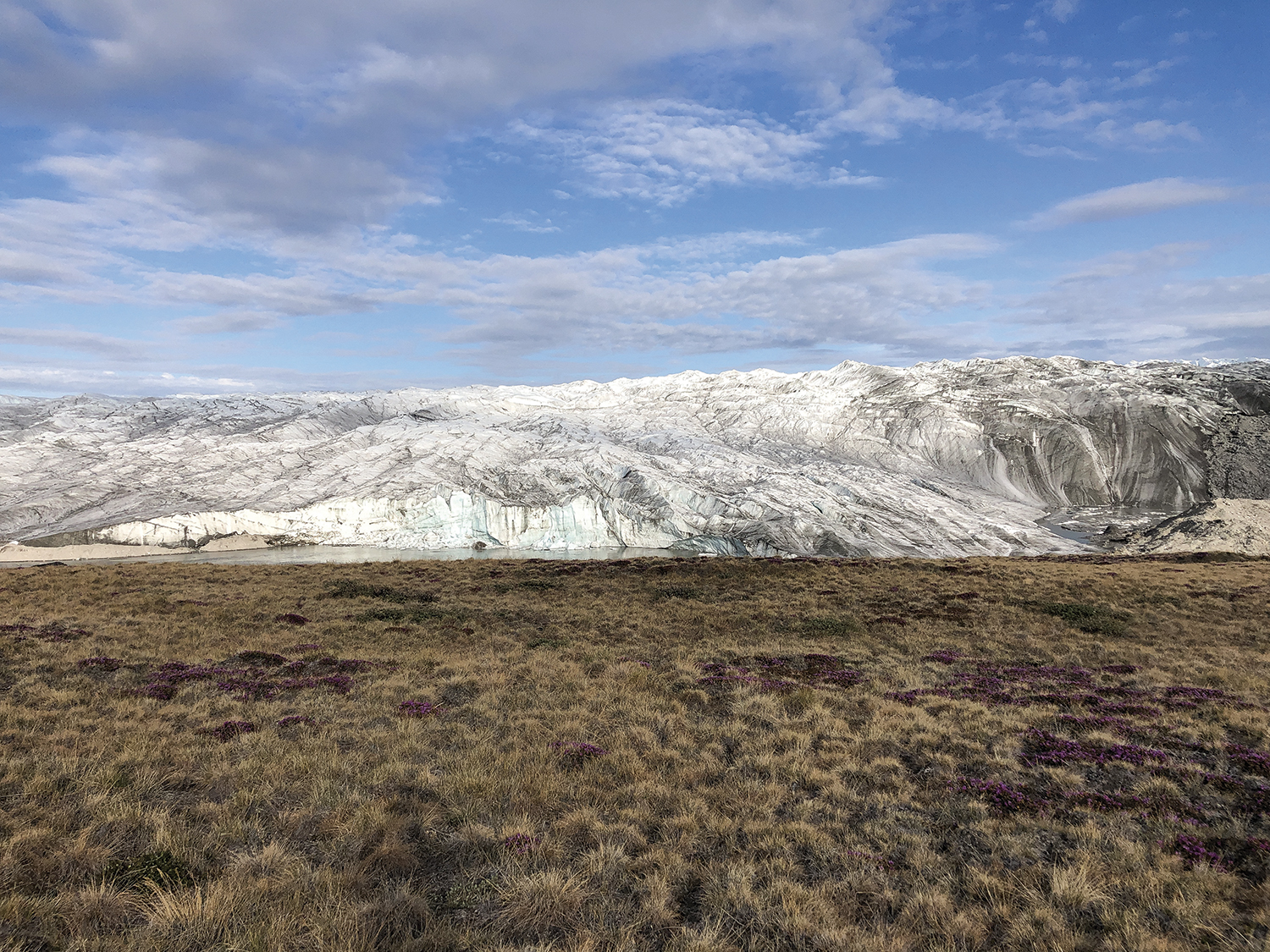
My traveling companions decided to run with me for the first 15 km and then left. I was alone with only a satellite phone to be used exclusively in case of an emergency.
I started run with the desire to go back telling what I lived. Immediately I felt immersed in the tundra, where continuous swamps gave way to unmarked trails, to immense lakes and increasingly melt ice. After the first 10 hours I stopped for a moment, went towards the lake and started drinking, the water was cold, very good and pure. While running again night fell, I knew it just because I saw on my watch time passing by but the light did not diminish.
I took my first 10 minute micro-sleep. The cold during the night was terrible due to the wind. My feet were soaked, and for about 15 km my pace was slowed down by the constant presence of water. Then again shrubs hit my legs and I started running again as I met the dawn and then again a very hot sun.
I never stopped, except for drinking from the streams. The day passed by and in an instant I saw the sun beginning to settle down, those 15 km have slowed me down and instead of 30 hours I would need 45. I just had one last climb left, still 30 km and finally I would see Sissimiut, the seaside town I have been dreaming of for 150 km.
The climb was very hard but it quickly passed by, and there I was on a wonderful plateau, where ice still mixed with water. It’s unbelievable, this is what I would tell, a once perennial ice that is beginning to transform. Suddenly, Stefano and Alessandro showed up, they waited for me to run the last two hours together, they embraced me and took me to touch the sea. I run to the beach, my journey was over, and the story had to begin.
But I’m not going to stop, I’m already thinking about the next run that will be in the Gobi Desert, to talk about desertification and climate change.
My challenges want to denounce the gravity of what is happening because of global warming, but they also want to be a moment of concrete commitment for all of us, that’s why I tied my own kms to fundraising for creating gardens in Africa, a project that Slow Food has been carrying out for years. Growing a vegetable garden in Africa means ensuring fresh and healthy food for communities, but also forming a network of leaders aware of the value of their land and culture; protagonists of the change and the future of the African continent, that is responsible for only the 4% of CO2 emissions worldwide.
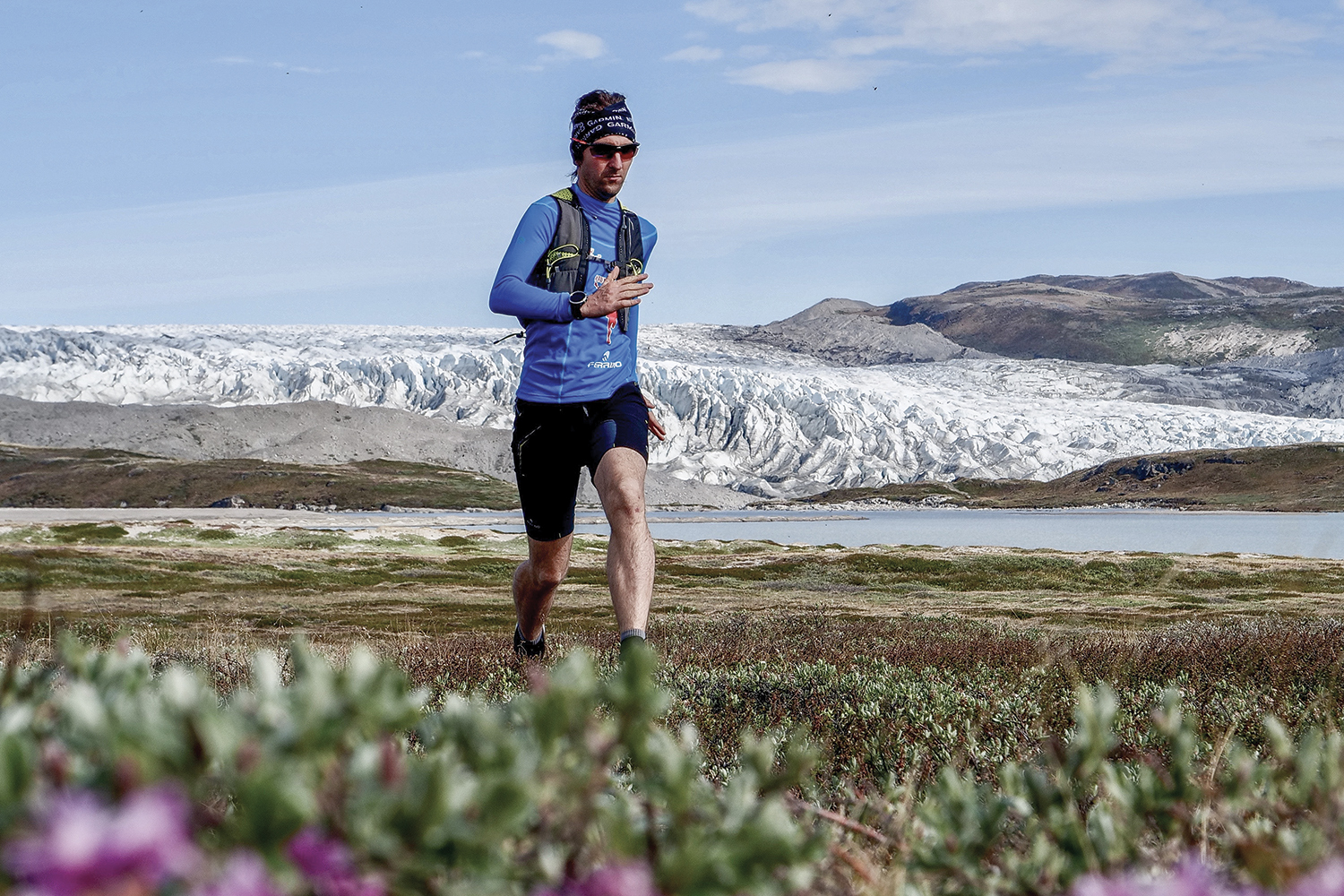
My challenges want to denounce the gravity of what is happening because of global warming, but they also want to be a moment of concrete commitment for all of us, that’s why I tied my own kms to fundraising for creating gardens in Africa, a project that Slow Food has been carrying out for years. Growing a vegetable garden in Africa means ensuring fresh and healthy food for communities, but also forming a network of leaders aware of the value of their land and culture; protagonists of the change and the future of the African continent, that is responsible for only the 4% of CO2 emissions worldwide.
It is now clearly documented that food production is among the main causes of the greenhouse effect. To feed a part of the world we are tiring the other one and intensive farming is one of the causes of global warming, yet we seem to be in fact alien to what is happening, as if all of this did not concern us closely. Instead we are the cause of this. I am convinced that there are three main players that today can change direction: consumers, industry and politics. It would be very easy to give responsibility to only one of these categories. Instead, if we go back to being a community we could deal collectively with the problem, starting from our way of acting, to then claim political repercussions and influence the market to be more attentive to our earth and not exclusively to an ephemeral and immediate profit.
The link between distant countries and our lack of sensitivity led me to run in a remote place, one of the least anthropised in the world, but which, like Africa, is paying a very high price for constant global warming.
We need concrete politic actions to proceed with quick steps towards, for example, the elimination of carbon, overcoming fossil energies in favor of renewable energies, economic development that creates work but is environmentally sustainable, in all of this the food supply is full of success stories but that have to be replicated. Agriculture can play an important positive role in the fight against climate change, we must aim for agriculture that prevents soil erosion, which slows desertification and manages water resources differently.
We need to commit ourselves constantly and all together, because 2050 is near, much more than we think, and it is today that we must make a difference.